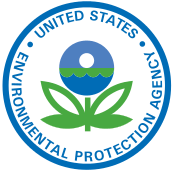Sludge bill stationary in N.C. General assembly
Published 12:10 am Saturday, February 28, 2015
By Josh Bergeron
Discussion over sludge being spread on farm fields has moved to the North Carolina General Assembly.
Filed in early February, a bill sponsored by three Republican state legislators could give more local control to county governments when outside entities request to spread biosolids on farm fields. Numbered House Bill 61, it’s got three primary sponsors — Reps. Carl Ford, R-76, Larry Pittman, R-82, and Michael Speciale, R-3. Ford and Pittman represent Cabarrus County, while Speciale is a house representative along the coast. One day after it was filed, the bill was referred to the Local Government Committee, which Ford is a chairman of. No action has been taken on it since Feb. 10.
A portion of the bill could require entities looking to bring biosolids, or sludge, into neighboring counties to incinerate the waste before spreading it on farm fields.
Pittman specifically cited opposition about a Charlotte Water — formerly Charlotte-Mecklenburg Utilities — proposal to expand its permit to spread biosolids on farm fields as a reason for the bill.
The bill is meant to allow county governments to address the public health concerns of their citizens in regard to the land application of potentially harmful substances in their community. “Presently, the local government authorities’ hands are tied. This bill does not require anyone to do anything, but simply allows county governments the option of taking action to protect their citizens if the citizens request that they do so and they are willing to do so.”







